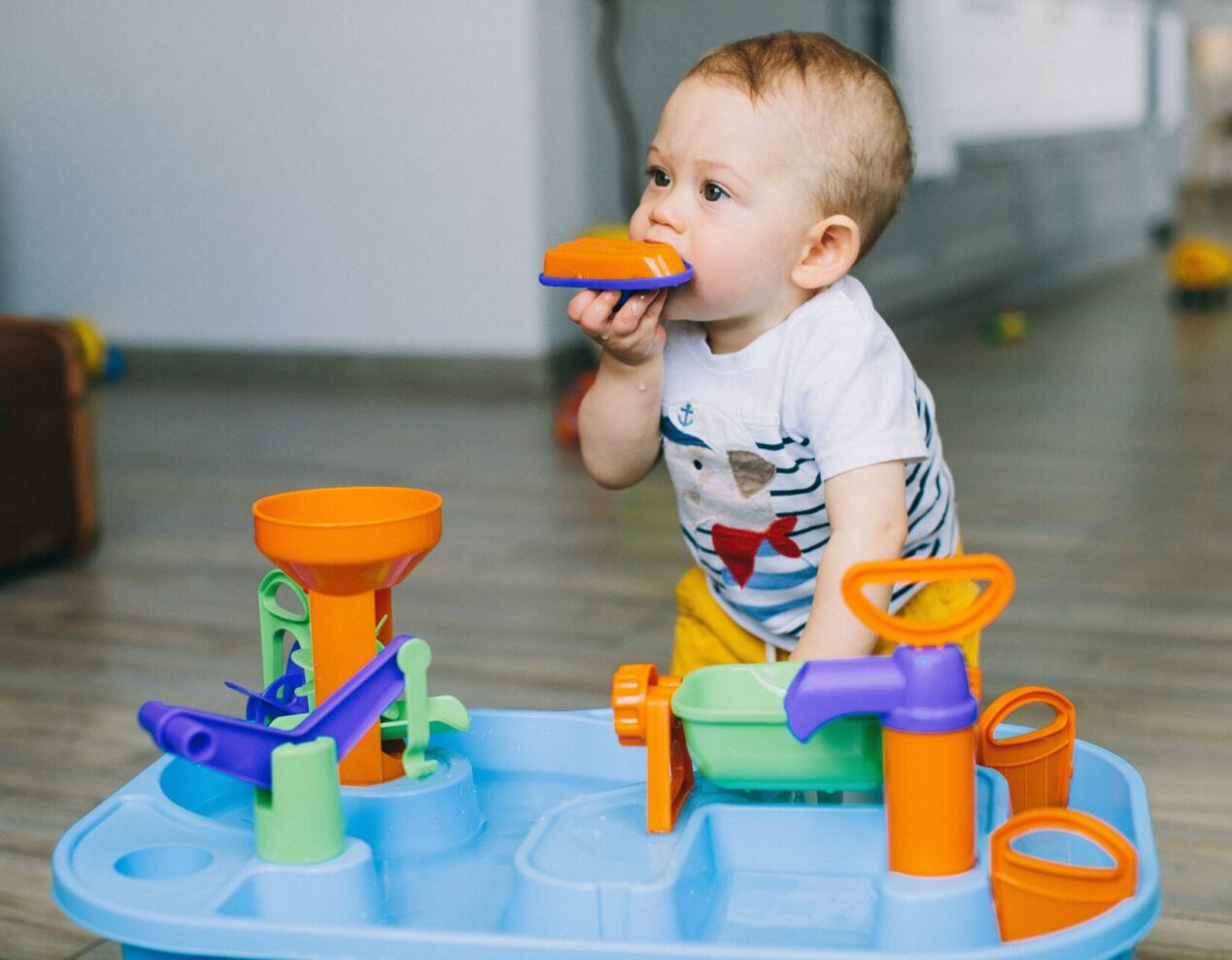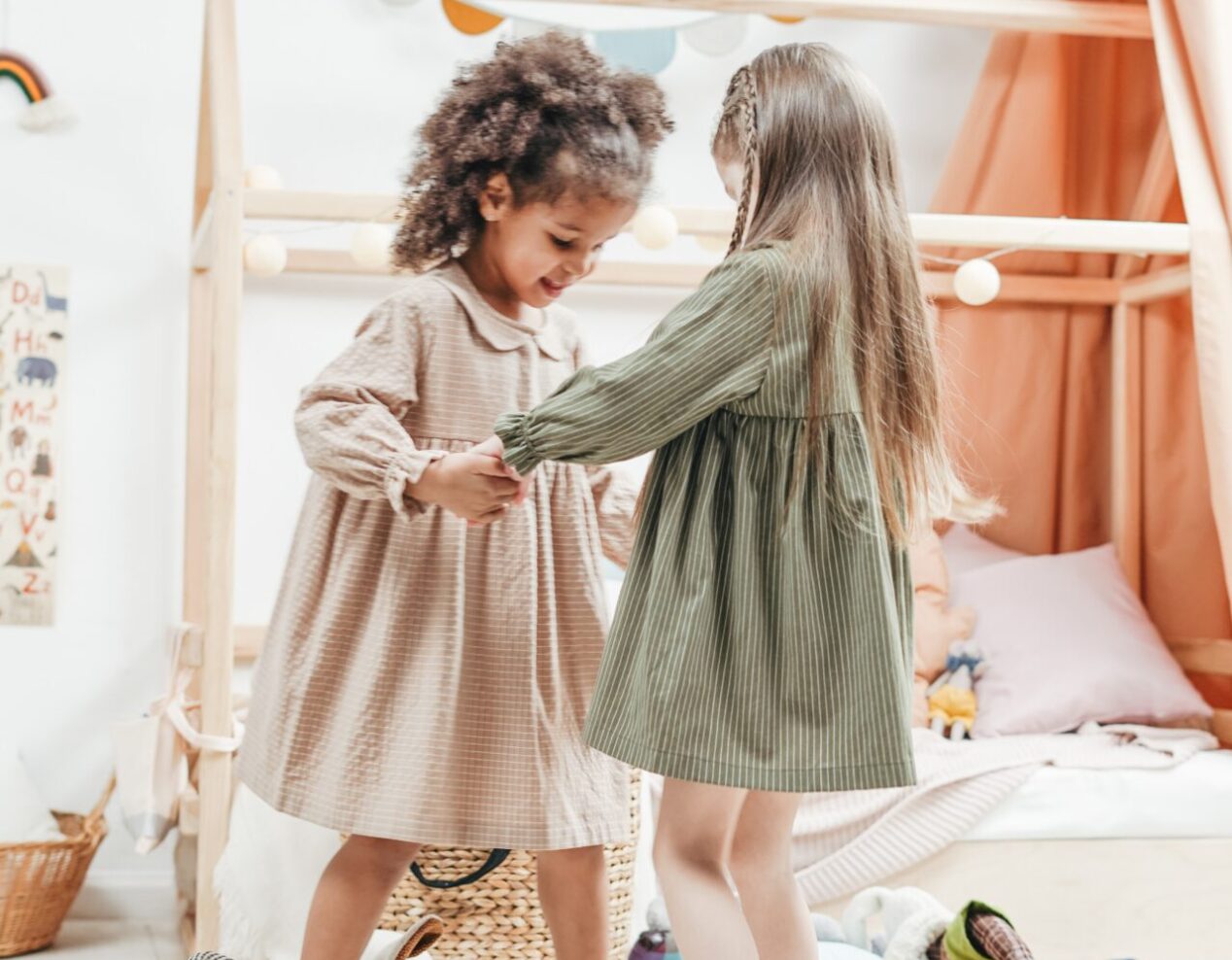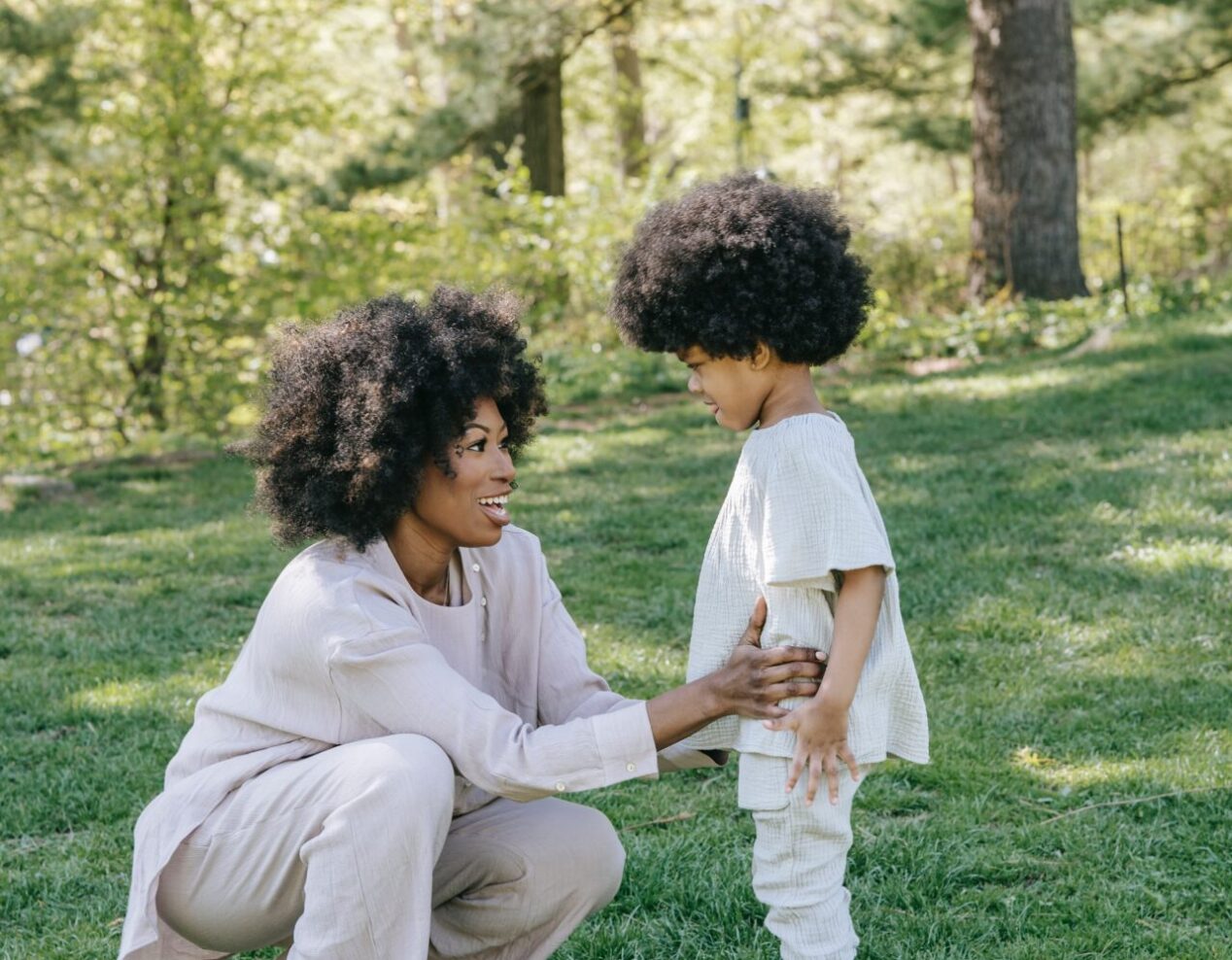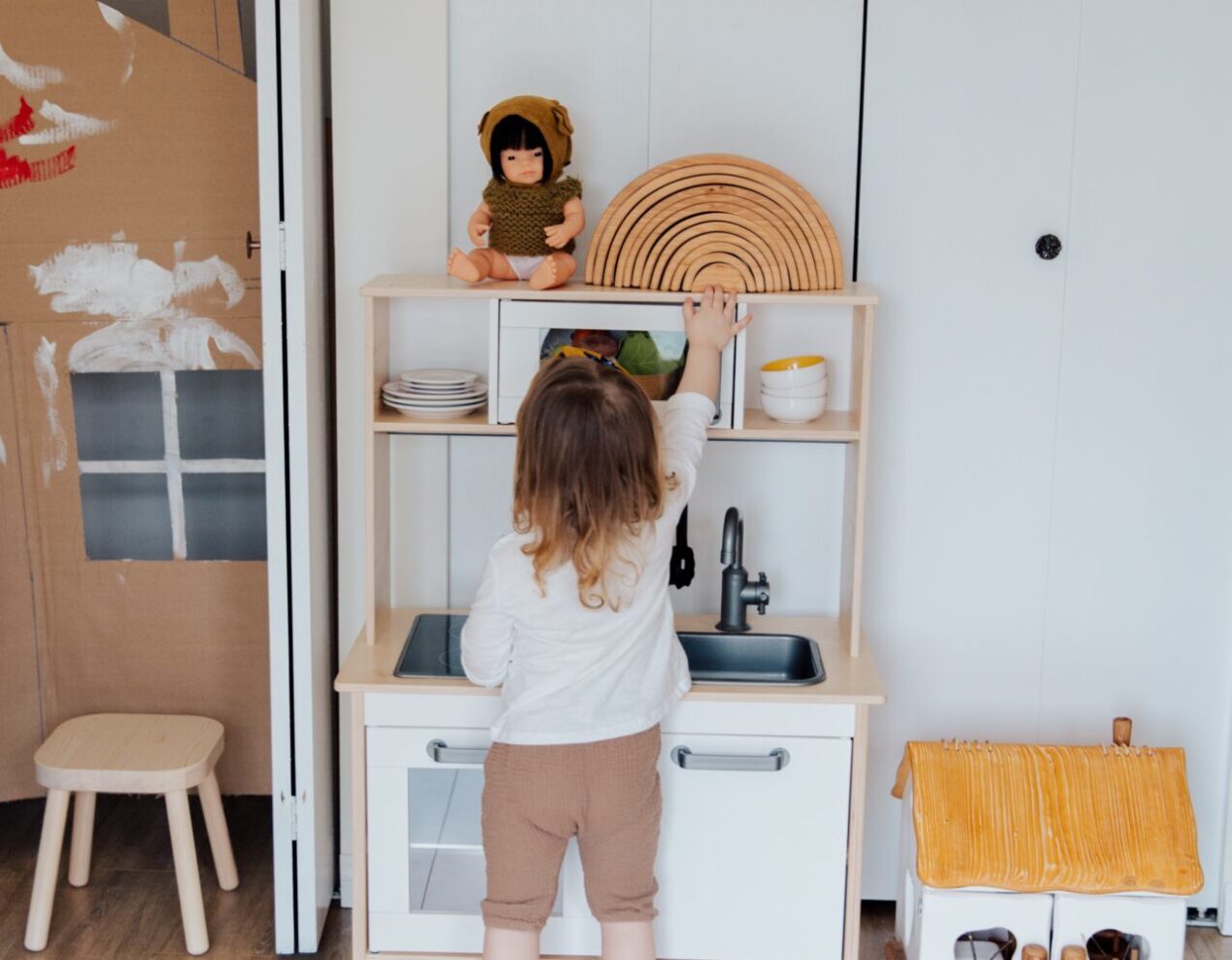Four contrasts your toddler’s brain is eager to explore

The beauty of opposites enthralls young minds. This stark disparity between contrasting pairs perfectly aligns with your toddler’s inquisitiveness and natural inclination towards sorting and categorizing.
The key to this exploration lies in physically engaging your toddler in these activities, as this helps retain their interest.
Here are some captivating methods to engage your toddler in learning about opposites:
Grasping ‘Heavy and Light’
Understanding relative concepts like ‘heavy’ and ‘light’ requires both time and regular exposure. Reinforce this understanding by pointing out examples from your daily activities.
Spot a stone that’s just about liftable for your toddler alongside a lighter pebble, or compare a filled water bottle to an empty one. A feather, leaf, or cotton ball can illustrate lightness, while stones or paperweights can demonstrate heaviness. Collect a few examples and let your child handle both heavy and light objects.
Understanding ‘Loud and Quiet’
Demonstrate ‘loud’ and ‘quiet’ to your toddler by stating, “This is a loud voice!” followed by a whispered “And this is a quiet voice.” Altering music volume from low to high, or adjusting a fan’s speed can also illustrate the difference in sound. Just ensure the noise level remains comfortable for your little one’s sensitive ears.
A smart trick to enjoy a quiet moment when your toddler is being noisy might be to ask them, “Shhh, what can we hear when we’re quiet?” Discuss the sounds you can perceive now – maybe a dog’s bark, a vehicle outside, or the hum of the dishwasher.
Deciphering ‘Long and Short’
You could introduce this concept using two different lengths of string. The shorter piece should barely circle your child’s wrist, while the longer piece could loop around their waist. Use the shorter string around your child’s wrist, explaining, “This is a short string. See, it’s not long enough to go all around your wrist”. (Trace your finger around their wrist for effect.) Then show them how the long string can not only go around their wrist but also their waist.
You could also use these strings to contrast your toddler’s ankle with yours, or let them circle the string around your forehead.
Discovering ‘Big and Small’
The comparison between big and small fascinates toddlers. Objects like nesting baskets, differently-sized balls, cups, and containers all help teach the concept of size. While your toddler plays with these items, narrate their actions and observations. If they know where the puzzle pieces fit, guide their hand to help them associate words with their understanding: “See, the big circle doesn’t fit in the small circle,” or “The large ball doesn’t fit in the small container.”
You could contrast a regular spoon with a large serving spoon, a small nesting bowl with a larger one, or an orange with a clementine. On nature walks, look for big and small stones or leaves of varying sizes.



